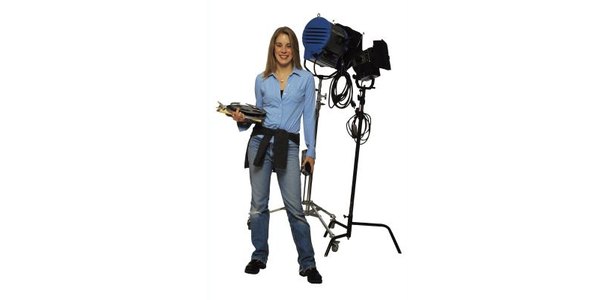 Add some production value to your home videos with Microsoft Windows Movie Maker, free to download on any Windows PC. With Windows Movie Maker you can arrange video clips, trim and cut them, add pictures and loop in audio. You can even add video effects, titles and credits. If you’re not used to the layout of a video-editing program, it may take a few minutes to get your bearings, but after your first walkthrough, you won’t want to upload another video to YouTube without it.
Add some production value to your home videos with Microsoft Windows Movie Maker, free to download on any Windows PC. With Windows Movie Maker you can arrange video clips, trim and cut them, add pictures and loop in audio. You can even add video effects, titles and credits. If you’re not used to the layout of a video-editing program, it may take a few minutes to get your bearings, but after your first walkthrough, you won’t want to upload another video to YouTube without it.Instructions
-
Getting Started
- 1
Download and install Windows Movie Maker if you don’t already have it. Some computers with Microsoft Windows may already have the software installed. To see if you have it or not, click the Start button and type “movie maker” in the Search field. If you don’t have it, you can use the download link (see Resources) to download it. Follow the onscreen instructions to install it on your computer.
- 2
Create a new folder on your desktop to use specifically for each movie. Connect your camera or video camera to your computer and copy the video or pictures for your movie into this folder.
-
- 3
Drag any other pictures, video or audio clips you want to incorporate into the movie into this same folder. Movie Maker can use most video formats like AVI, WMV, MPG and ASF. Audio files should be in WAV or MP3 format. If your music is on a CD, use Windows Media Player or iTunes to convert them.
- 4
Launch Movie Maker and click “Collections” in the left menu. The Import File dialog box opens. Navigate to the movie folder on your desktop, select the component files and click “Import.” Movie Maker imports all of the files into your project and displays them in the Collections pane.
- 5
Click the “File” menu and select “Save Project As.” Navigate to the movie’s folder on your desktop. Save the project often as you work on your movie, just in case it freezes or crashes while you are working on it.
Adding Pictures
- 6
Select the first picture or video clip you want to have shown in your movie in the Collections pane.
- 7
Click the “Tools” window and select “Options.” Type the number of seconds you want the picture to be shown in the “Picture Duration” text field. Type the number of seconds you want the transition to take in the “Transition Duration” field.
- 8
Drag the image from the Collections pane into the Storyboard at the bottom of the Movie Maker window.
Arranging and Trimming Video Clips
- 9
Drag the video clips from the Collections pane into the Storyboard in the order you want them to appear in the movie. Click the “Show Timeline” link above the Storyboard to switch to a Timeline view.
- 10
Select the video clip in the Timeline. Click the “Play” button until you get to the part of the video you want to trim. Click the “Pause” button. Click the right edge of the clip and drag it to the left to trim it to where you paused.
- 11
Split a clip by pausing it and then selecting “Split” from the Clip menu at the top of window.
- 12
Insert audio into the movie by dragging the audio file from the Collections pane into the Timeline where you want it to begin in the movie. The audio appears beneath the video and pictures in the timeline. Adjust the audio’s position if needed by dragging it with the mouse.
Adding Effects, Transitions and Text
- 13
Click the “Show Storyboard” option above the Timeline. Click on a video clip in the Storyboard.
- 14
Select “Video Effects” in the left menu beside the Collections pane. Select the effect you want to apply to the selected video clip. Effects include blurring, brightening, agin and sepia tone.
- 15
Select “View Video Transitions” in the left menu beside the Collections pane. Select a transition effect such as “Dissolve” and drag it onto any clip to apply the effect to the transition at the end of that clip.
- 16
Click the “Tasks” button in the Toolbar and select “Make Titles or Credits.” Select where you want the title or credit to appear in the movie. You are prompted to enter the text you want to appear.
- 1
